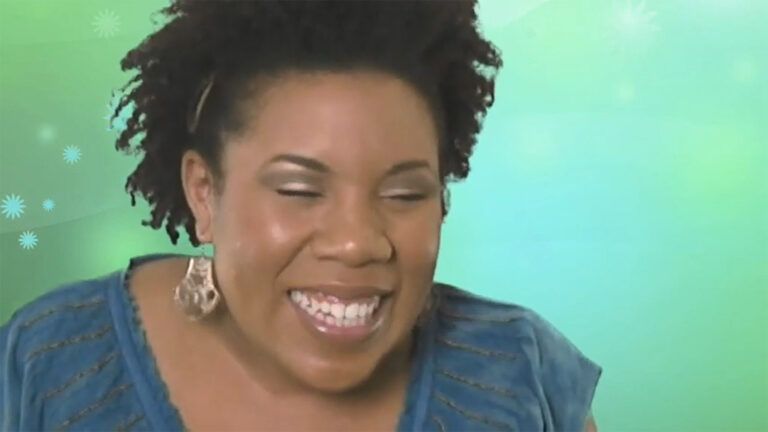
Two Former Adversaries Offer Tips on Building Bridges
A man who works in the forest industry and a woman who is an attorney working on environmental issues shares how they managed to find common ground despite their adversarial backgrounds.
Unlock a world of inspiration right in your inbox! Sign up for our newsletters today and get uplifting insights, powerful stories of faith and more delivered directly to your email.
View Transcript
MW: Hello Guideposts, I’m Mark Webb, currently executive director for Blue Mountains Forest Partners.
SJB: Hi Guideposts, my name is Susan Jane Brown, and I am a staff attorney with the Western Environmental Law Center, and I also work with the Blue Mountains Forest Partners. So when I first started working with the Blue Mountains Forest Partners, I started coming out to Eastern Oregon to John Day, to basically try to see if we could find some common ground between environmentalists and other interests: loggers, elected officials, the forest service.
MW: We really were worlds apart in terms of how we were coming to active management around public lands. And that was the challenge that we had to overcome.
SJB: And so when Blue Mountains Forest Partners first started meeting together, we didn’t have a lot of common ground. We didn’t like each other. We didn’t like what each other stood for or what we thought we stood for.
MW: It probably took us two or three years to where we started have, before we started having a pretty productive conversations.
SJB: But as we started working together, we realized that we both had, actually all sides, had a lot of interest in a healthy forest and also in healthy communities. And that really allowed us to bridge the divide between and among our groups.
There were a lot of things that actually helped us bridge our differences. First of all, I think probably the most important thing was that we were able to get out into the field together and look at the forest at the same time, standing in the same place.
While we often saw different things, what we all wanted out of that place was a sustainable forest that provided goods to society as well as the environment. And so getting out into the field and being able to talk to each other about what we saw, what we wanted, was one way that we were able to build common ground.
MW: And I know in the conversations I had with locals, it was really important to stress with them that coming to understand somebody you disagree with doesn’t mean you actually come to agree with them, but it’s a precondition of having pretty constructive conversations.
SJB: Oftentimes when people who have different points of view come together, they focus on the differences as opposed to the similarities.
MW: You began to identify alternative areas of commonality, humanity as I began to talk about it. You humanize the other people instead of demonizing them.
SJB: But when we set the meeting aside and after the meetings, we’re able to come together and share a meal together, talk to each other as people, as individuals, that really helped us learn more about each other, just as human beings, and that also really allowed us to come together as community, which then also allowed us to talk about difficult decisions about how we were going to manage our forest together.
MW: Speaking for myself in terms of the way that faith has worked in my life to do this, one thing, as I understand it, we’re called to take care of the landscape. And it’s pretty clear that that taking care of is supposed to be informed by a solid understanding of what the landscape and nature needs, how it functions.
So I think that’s important for me, it calls us to take risks with other people, and it calls us to participate with other individuals about whom we might have serious disagreements because it calls us to develop community. But it’s about being charitable, treating people decently, figuring out what the landscape needs to be healthy, and working with others to make sure that happens because we’re all going to be better off.
SJB: So at the end of the day, you do really just have to accept that folks are there for the right reason. And when you accept that and you come to understand that they are there for the right reason and that they’re there to find solutions, you really can accomplish amazing things together.










